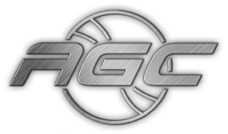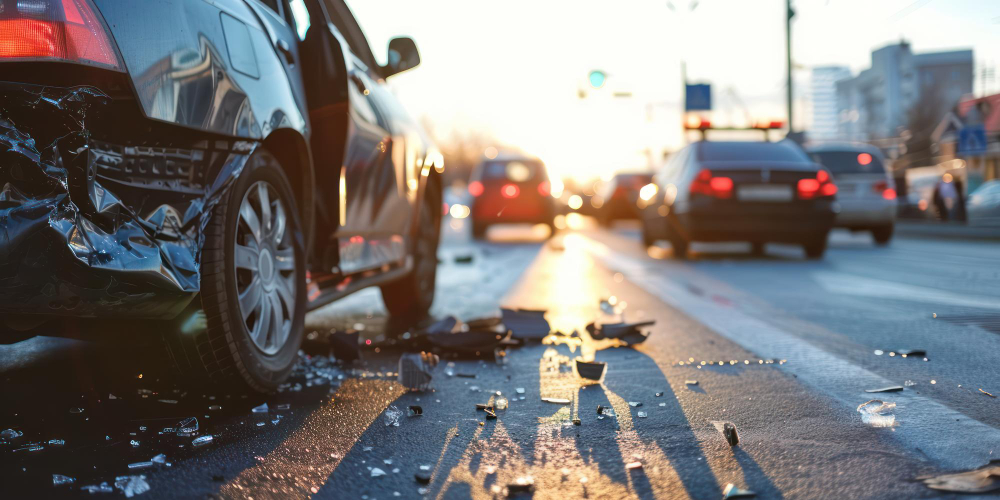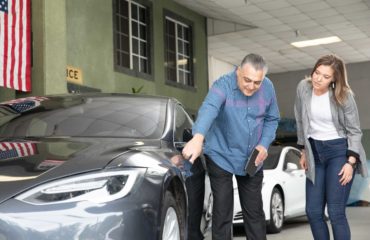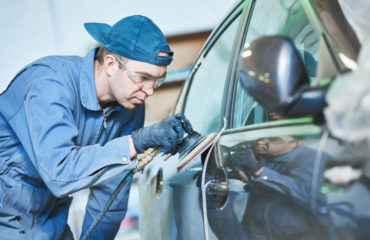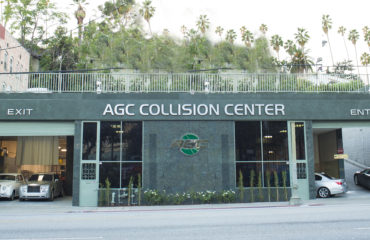The first thing to do immediately after any car accident is make sure everyone is safe, calling emergency services as needed to deal with any injuries. But once you and the other driver have exchanged the information necessary, it’s essential to ensure your car is safe to drive before getting back behind the wheel. Even minor-seeming damage may make your vehicle less safe to drive, and some types of damage – such as frame and alignment – that can affect its performance may not be initially visible and apparent to you.
Here are some items to check before deciding whether to drive the vehicle – or to have it towed from the accident scene:
• A broken or severely cracked windshield and reduce visibility, making driving unsafe.
• Broken tail or headlights can make driving dangerous, particularly at night.
• Side-view mirrors are an important safety feature, so if one or both were significantly damaged or broken-off in the crash, you may not want to drive the vehicle.
• Check under the hood for signs of damage, particularly fluid leakage, and hose or radiator damage. Then make sure the hook closes and latches fully so it won’t reopen while you are driving.
• Your vehicle’s seatbelts and airbag system need to be functioning properly in order for you and your passengers to be safe on the road in the vehicle. If airbags have been deployed in an accident, that’s a good sign the vehicle should be towed, not driven, from the accident scene.
• If your vehicle was hit in any of the four tires or wheels, or if your vehicle was pushed sideways or into or over a curb or other object, the wheels, alignment, frame or undercarriage may be damaged and affect vehicle performance.
• If you do decide to drive the vehicle after an accident, take things slowly. As you drive, listen for unusual noises, and see how the vehicle handles and whether it is pulling to one side or the other. Check the function of the brakes. If anything doesn’t seem right, call to have the vehicle towed.
• Even if you do drive the vehicle from an accident, get it professionally inspected promptly after an accident to ensure there isn’t damage that might not have been apparent to you that can impact its performance and safety.
